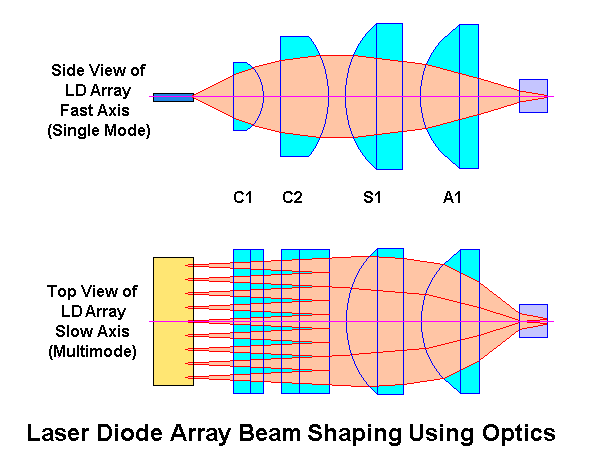我司可提供带有特殊涂层的高损伤阈值的激光反射镜。
激光透镜用于在各种激光应用中聚焦来自激光束的准直光。激光透镜包括一系列透镜类型,包括平凸透镜,激光划线透镜或激光发生器透镜。 激光头设计用于根据透镜类型以几种不同的方式聚焦光线,例如聚焦到一个点,一条线或一个环。许多不同的镜头类型可用于各种波长。
产品产地:
中国航运港口:
中国福州交付周期:
四周付款:
银行电汇, 西联付款1. 什么是激光透镜?
激光透镜主要用于根据透镜类型以几种不同的方式聚焦光线,例如聚焦到点,线或环。 许多不同的透镜类型可用于各种波长。
2. 什么是UNI Optics主要类型的激光透镜?
UNI OPTICS激光透镜包括一系列透镜类型,包括PCX透镜,PCV透镜,双凹透镜,双凸透镜,弯月透镜,消色差透镜,柱面透镜或激光发生器透镜等。
3. 激光透镜的材料是什么?
光学无色玻璃,熔融石英,CaF2,蓝宝石,锗,硅,ZnSe,ZnS等
4. 激光透镜的主要用途是什么?
激光透镜用于在各种激光应用中聚焦来自激光束的准直光。

热标签 :